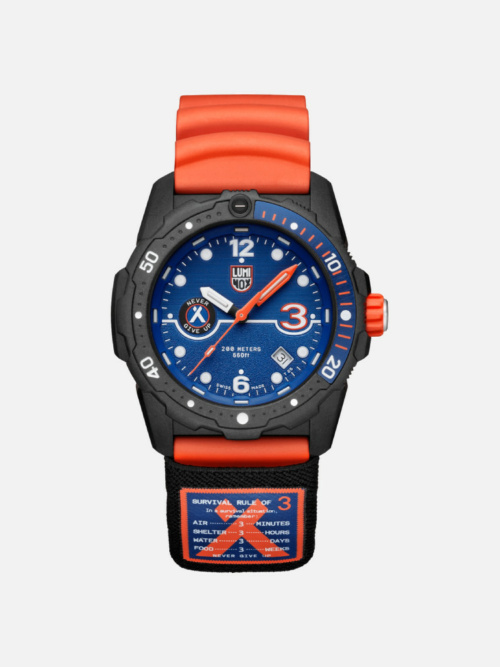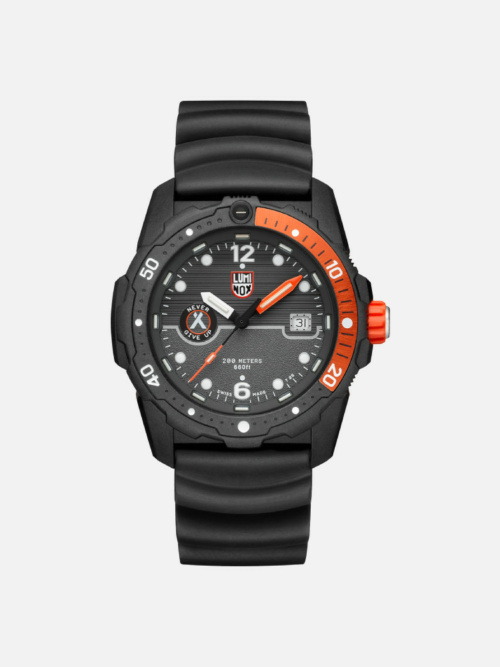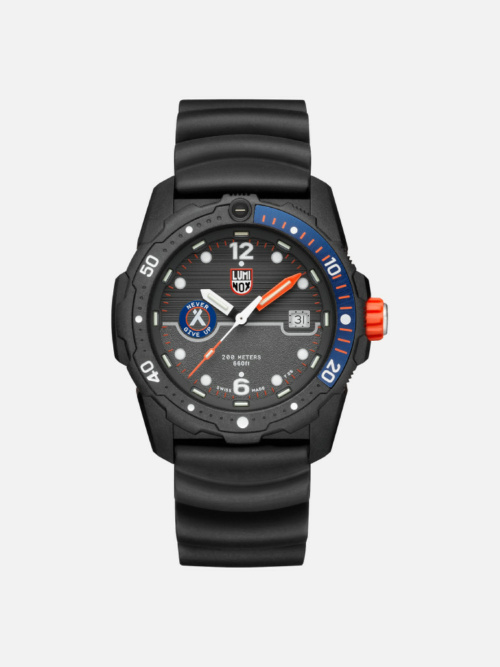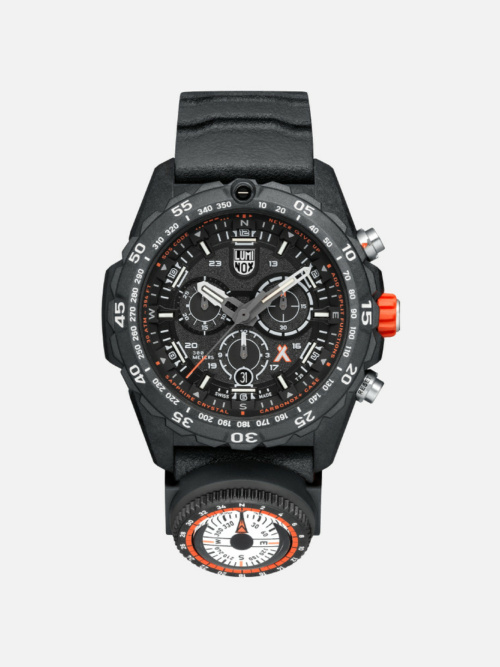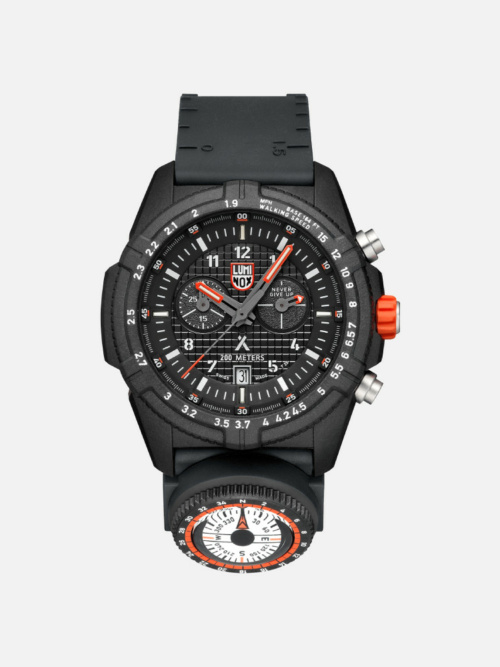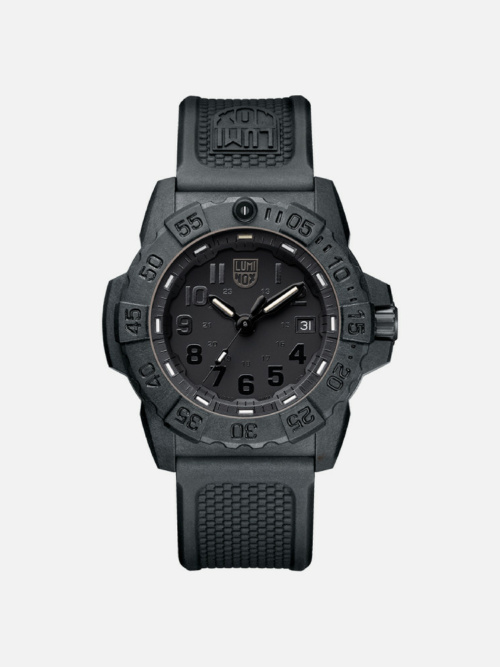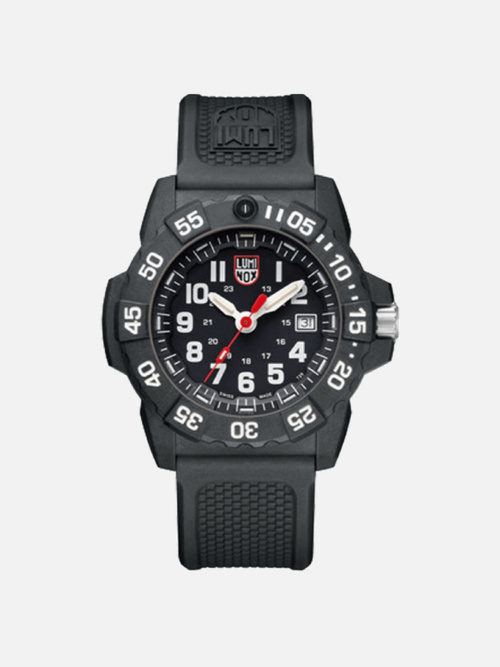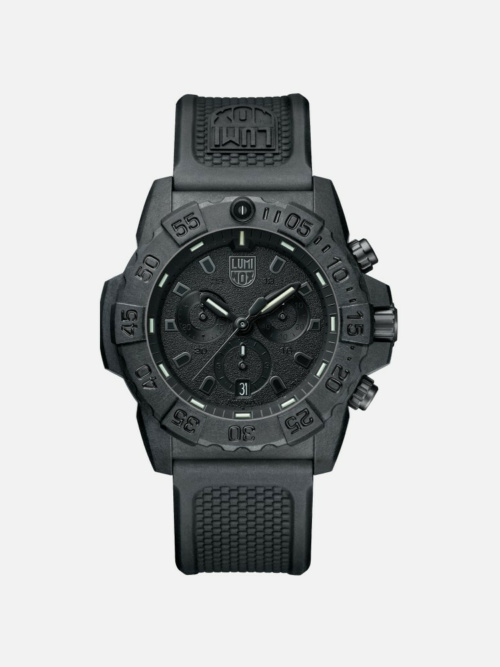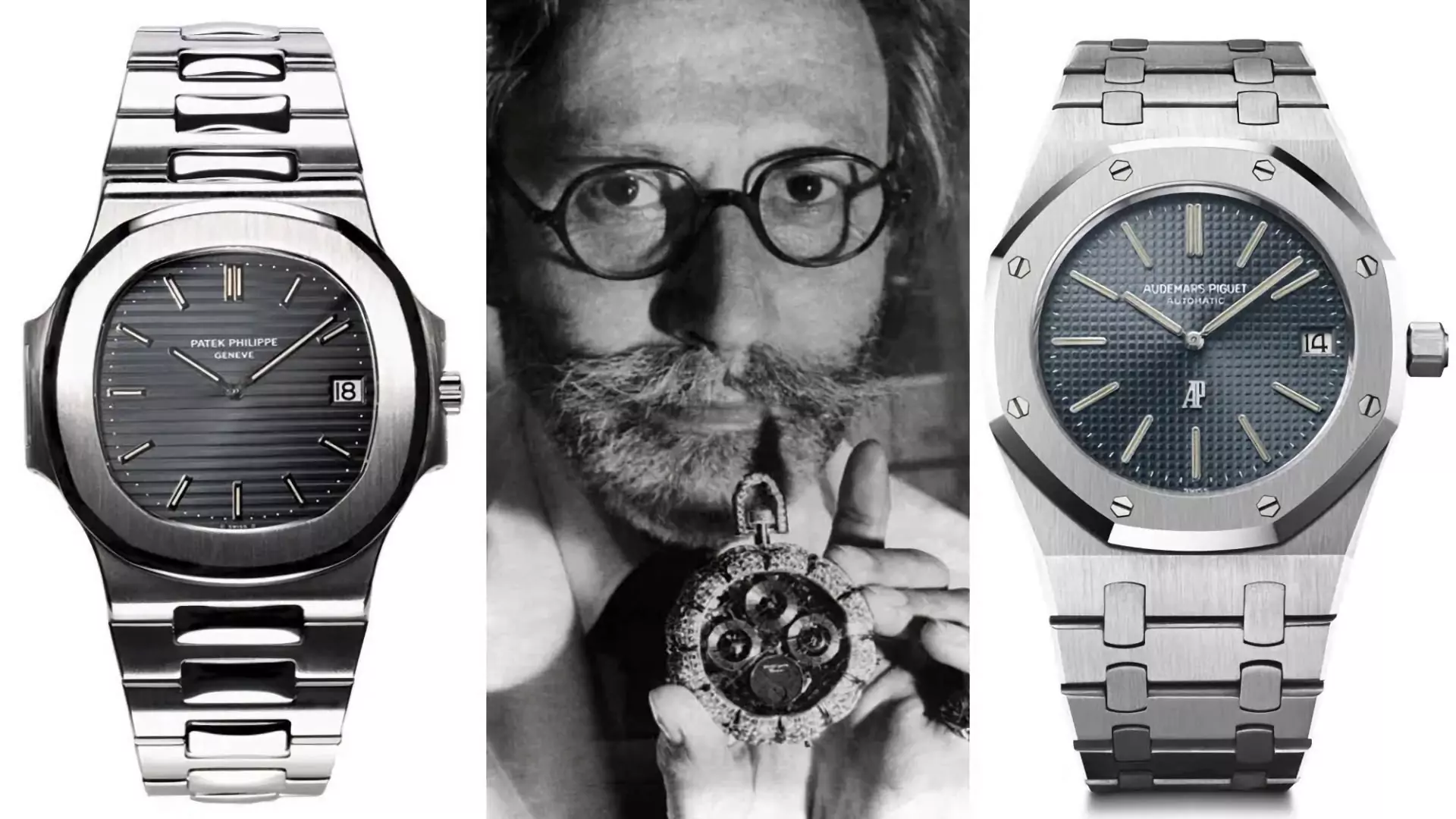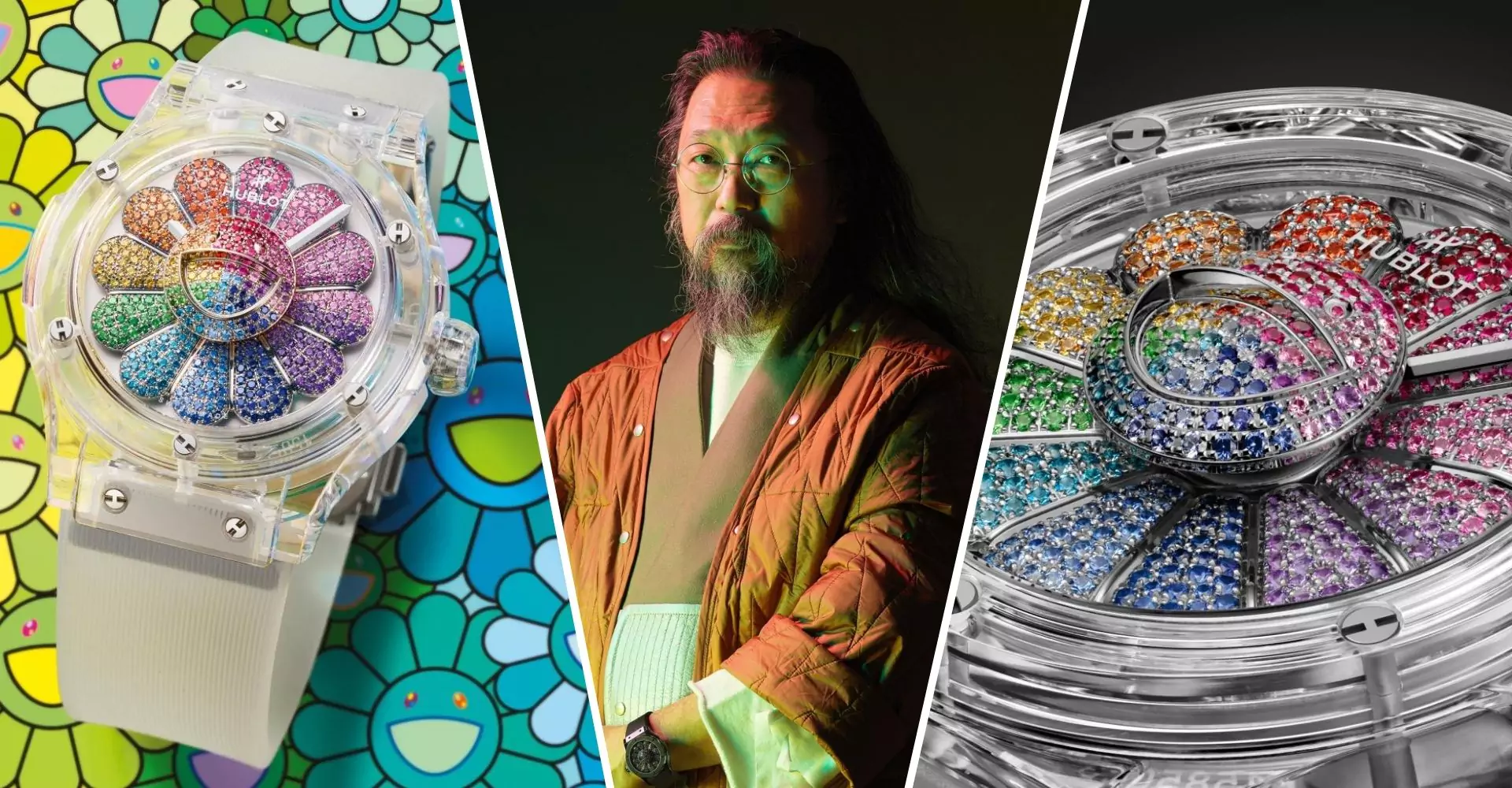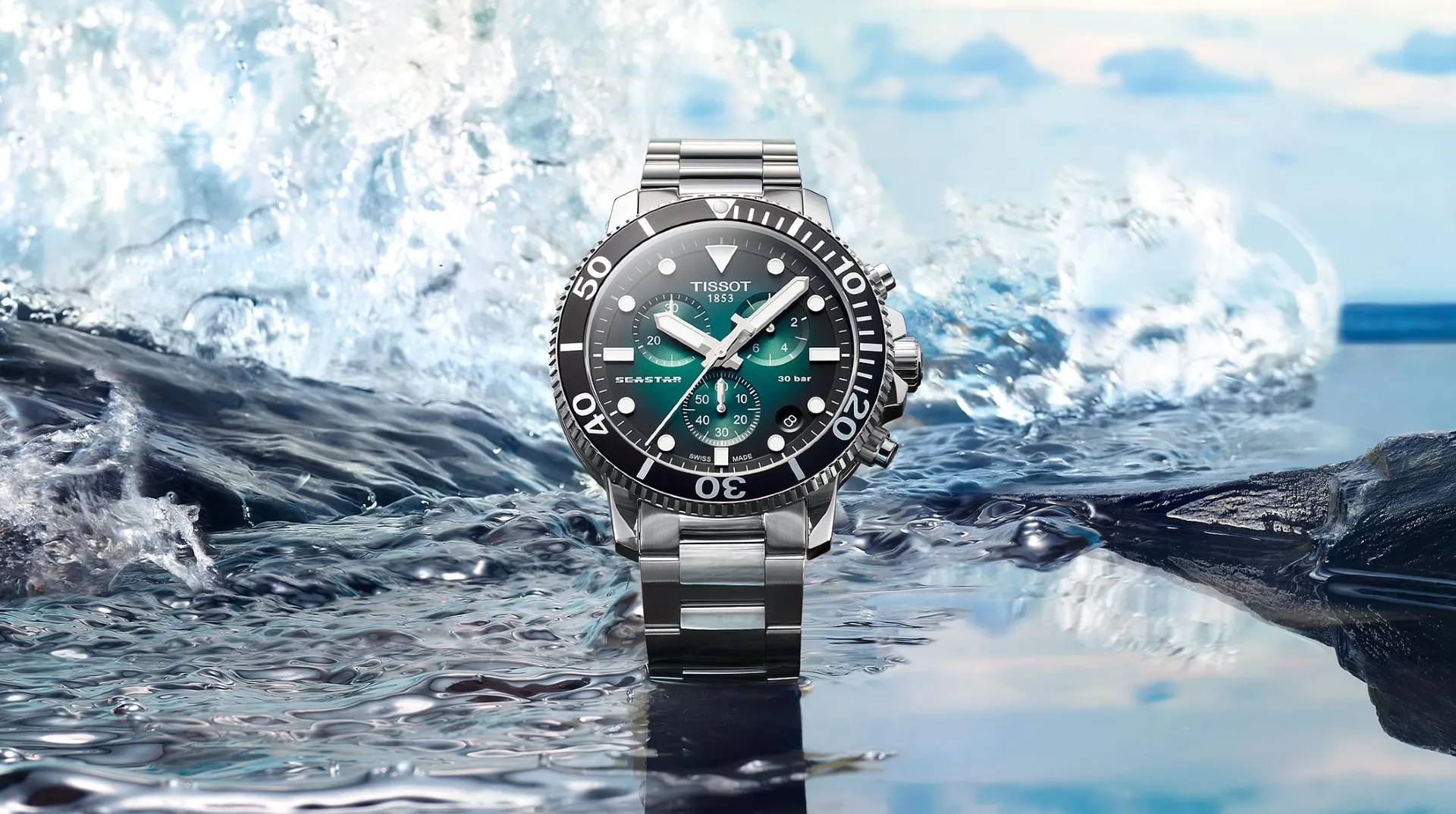Beyond the rhetoric of survival, there’s more to the eye about this resistant-to-everything – today, also Swiss-Made and powered – timepiece.
If you’ve never heard of Bear Grylls and his cinematic adventures around the world, you’ve lived in a forest until now – and you’ve probably met Grylls without even knowing it. But beyond the exploits of the Eton-schooled paladin of TV-broadcast survival, our watch-focused eyes are drawn to what he wears on his wrist, namely a Luminox survival timepiece of some sort. And never before have the two characters and reputation complemented each other so closely.
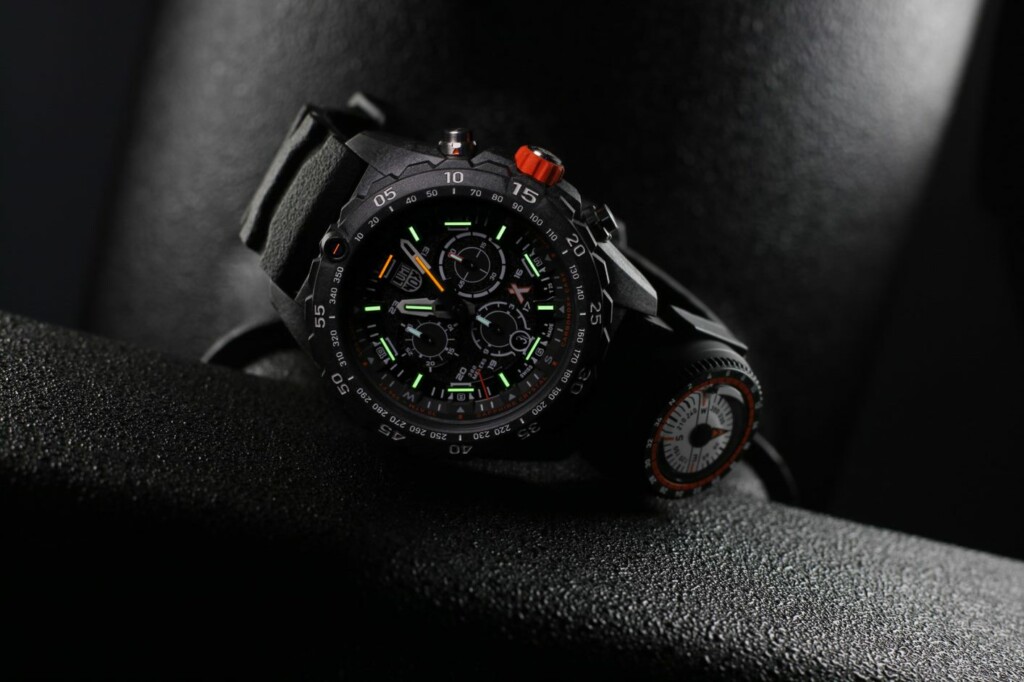
Putting things in perspective
Luminox is a somewhat notorious company, born at the end of the last century in San Rafael, California, founded by Barry Cohen and Richard Timbo to produce survival watches resistant to everything – even to the dreadful San Francisco climate in summer.
Aside from that, Luminox watches (from Latin Lumen, light, and Nox, night) have been very successful mainly for the use of a proprietary index illumination technology, which numerous other manufacturers, including Ball, have since employed: tritium gas nanotubes, which offer excellent visibility for over 25 years, far superior to that of traditional luminous paste systems (such as SuperLuminova), which have made these timepieces highly sought after by the most adventurous trekkers (and we’re not talking about Captain Kirk fans).
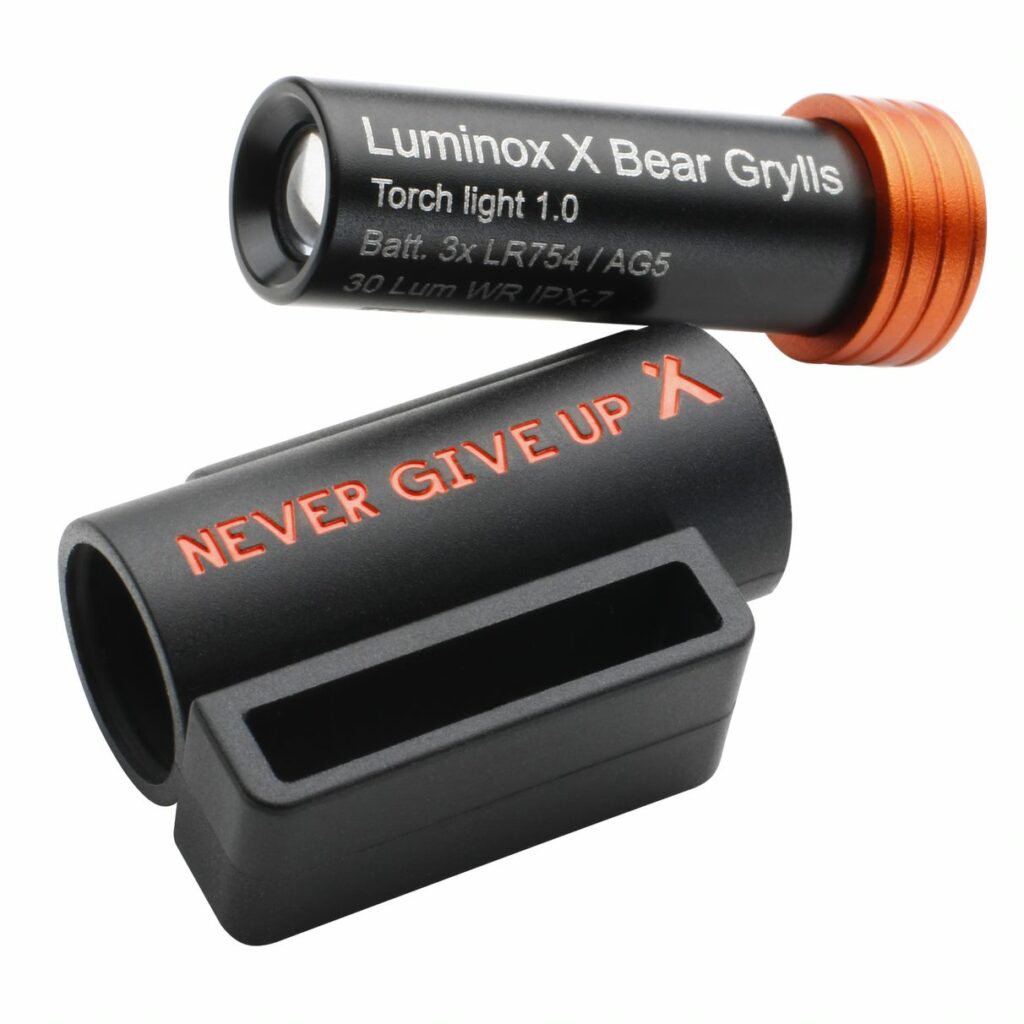
In this field, the company has found its perfect testimonial in Bear Grylls, born in Northern Ireland, ex-SAS and survival specialist, who has characterized the company until today and has assiduously pushed the militaristic aspect of its timepiece production. Luminox has started dabbling in this field from its first model, the Luminox 2001 Original Navy Seal watch launched in 1994, and subsequently obtained several other contracts with various military and non-military organizations (ranging from the US Coast Guard and the US Air Force to the Heliswiss team up to the US Bobsled Team).
And perhaps, some of the enthusiasts’ gripe with Luminox and its reputation lies in the excessive spectacularization of a technically valid something, which risks obtaining the opposite effect.
Luminox and Grylls, two sides of the same coin
Hardcore survivalists have their reservations with Grylls’ spectacular stage drama – and so do watch enthusiasts, who treat Luminox timepieces with a bit of haughtiness, claiming that the company has purchased the rights to use prestigious endorsements without considering fully their true merits. And since we live in a world where showmanship is important, we have no trouble believing it.
But beyond the controversies about the actual use of Luminox watches among Navy SEALs – and we can safely say that one of the privileges of special forces is the possibility of choosing their equipment based on personal preferences – the truth is that Luminox watches are indeed quality timepieces, which do precisely what they are supposed to do, with a very high degree of reliability and robustness, and a price that is justified by their material and performance.
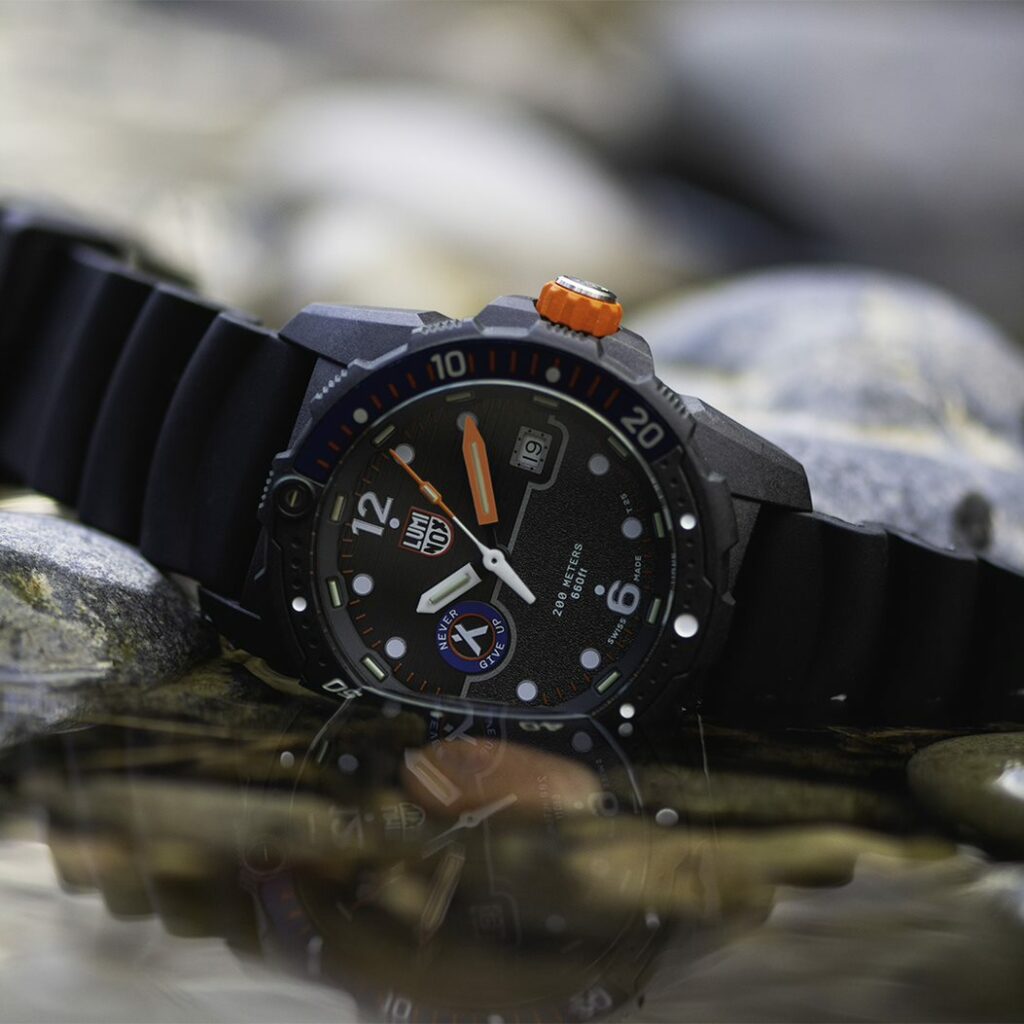
Why should you buy a Luminox timepiece?
Because beyond the hypertrophic hype of extreme survival, these are excellent tool watches that you can put through the most demanding tests without being disappointed. And we’ll show you why.
1 – The importance of Swiss-Made
In the early 2000s, Luminox was first participated in and later acquired by Mondaine, the maker of the famous Swiss Railways watch – one of the world’s most renowned rationalist style designs. And this marriage of interests has brought both companies great benefits. Above all, for Luminox, the possibility of easy distribution in Europe and the ability to assemble its timepieces in the new production facility opened by Mondaine in 2009 in Pfaffikon.
That small inscription at the six o’clock position on the dial still carries a lot of weight for many, even in this era of great globalization, telling us that in those blackened cases, there is a Swiss movement (quartz or – in some cases – mechanical) assembled in Switzerland.
2 – Swiss movements within
Luminox mounts robust and reliable Swiss movements on its timepieces. Nothing particularly sophisticated, but you don’t need advanced mechanisms in a tactical watch – you need rugged and dependable technology.
So, we find Ronda movements – along with ETA, the Swiss standard for quartz watches – and Sellita SW200 calibers, customized with a branded rotor. And the design of the SW200, a Swiss clone of the ubiquitous ETA 2824 series, dates back to the 1970s – so, full-proof reliability.
3 – Carbonox case and parts
Carbonox is a composite material based on carbon fiber (40%) that makes up the case of several Luminox watches. The main characteristics of this material are its high lightness and strength compared to traditional materials such as steel, with important effects also concerning water resistance. What’s more, with its matte black color, it is an aesthetically perfect material for technical and assertively styled watches like Luminox’s.
4 – Always Visible Technology
Having a lighting technology that doesn’t need to be “charged” by the sun’s rays or illuminated by the touch of a button is no small feat. And although many other watch experts have lauded it spoken extensively, we agree that its importance is not trivial, especially since the California company was the first to bet on this feature. So, let’s give to Caesar what is Caesar’s, and congratulate Luminox watches for this feature that has made them unique for quite some time.
In summary
After this brief examination, we can conclude that sometimes, too much effort to assert one’s qualities, especially in a traditionally reserved field like watchmaking, can drown out the worthy merits.
And that, beyond the ornate storytelling that surrounds them, Luminox watches are timepieces that are worthwhile and deserve the attention of fans of technical watchmaking, and why not, of everyone who needs a sturdy beater watch that will not let him down.

